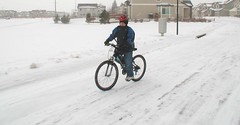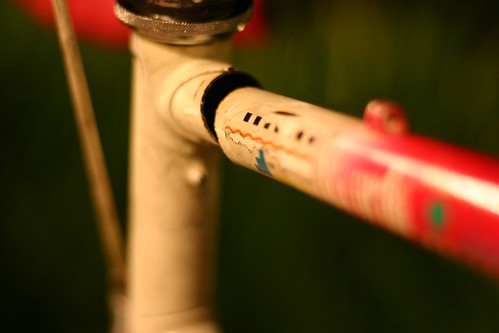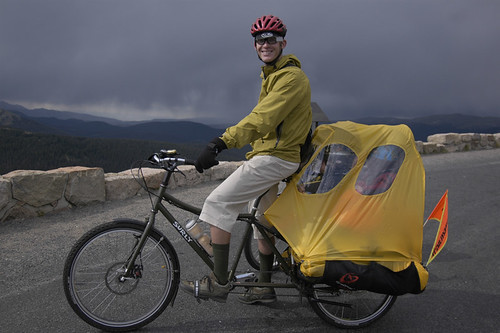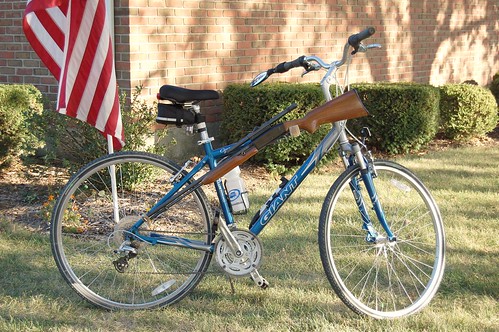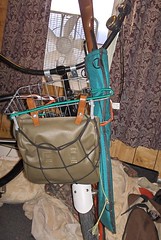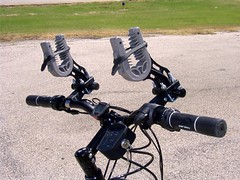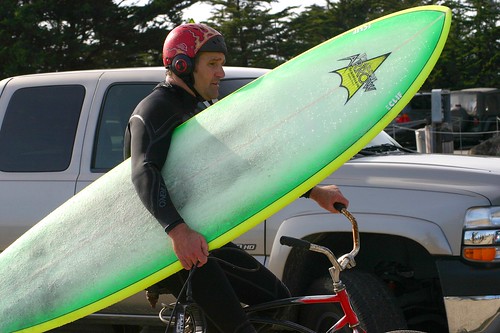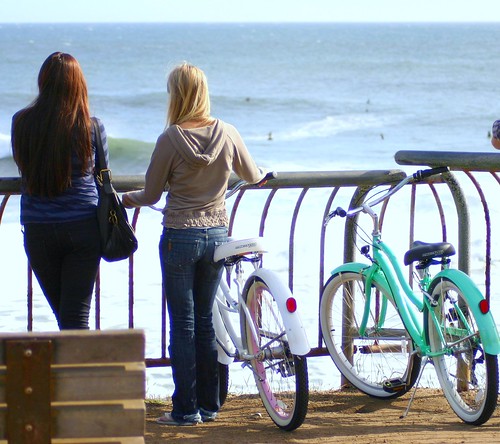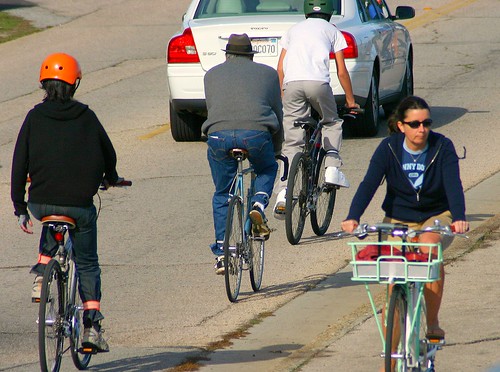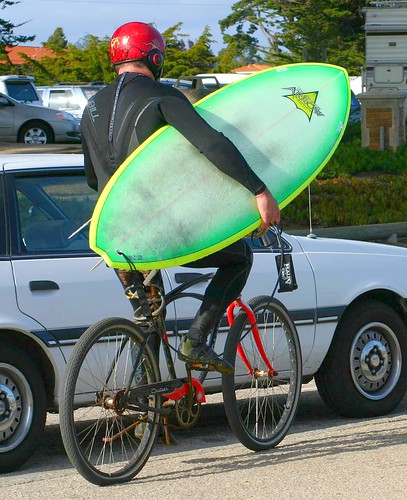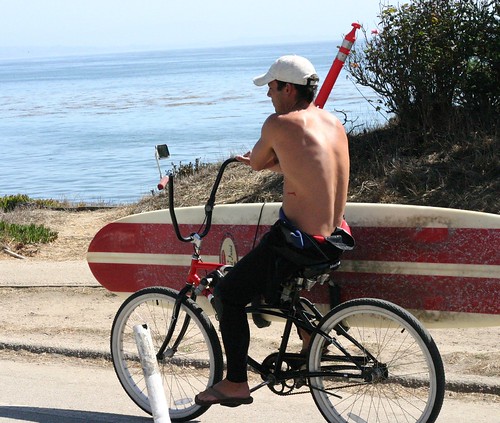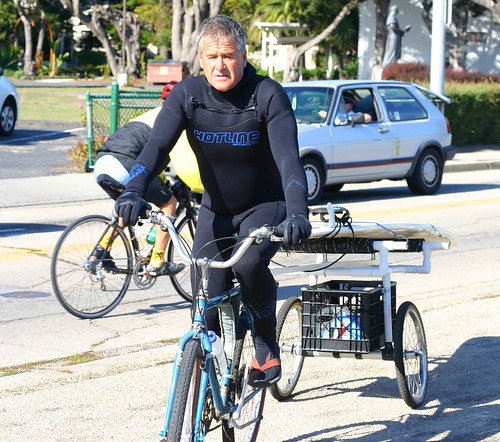I don't want to sound preachy especially as I know that winter riding conditions vary quite a lot depending on where you live, but as my wife has been saying of late nothing slows you down more than falling.
Some folks live in places where there's no snow at all, some live where snow is all there is during the winter. We live in a place where we get some snow, but a fair amount of ice. What happens is that it will snow, then melt the next warm day and then freeze again overnight forming patches of ice all over the place, often times hidden in the dark or under a fresh dusting of snow. Since the snow from the roadways largely gets plowed into the bike lanes during the winter here, those burms can go through these freeze and thaw cycles for a couple weeks after a decent storm before the coast is "all clear".
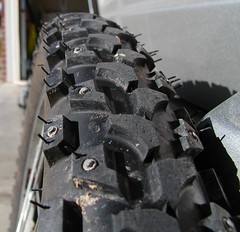
My thoughts regarding studded bike tires is several fold. First of all, I like riding, so if it takes a few minutes longer to ride, thats ok, its not torture its fun. Second I ride for transportation everyday no matter what the weather does, so I treat it like most would a car (do you make homemade studded tires for your car?), third nothing poses a greater threat to me enjoying my bike than crashing or be crashed into (car). For all these reasons, I find the added cost and extra rolling resistance of studded tire a non-issue for the way it transforms my winter riding experience.
Regarding cost, as this is often brought up, I spent $65 per tire last year on my Schwalbe Marathon Winter's, they have around 3,000 miles on them from last winter and I'd venture to guess from the look of the carbide studs and tread that I can get about that much more out of them before replacing. Most decent commuter tires, by the time you factor in their mileage lifespan will work out to about $40 per tire. So assuming you're going to ride anyway, you're probably only going to save yourself $20-$30 over 5,000 miles running any other decent commuting tire. Consequently, if you don't like falling, price really isn't that big of an issue all things considered.
As for what studs will do vs. what they will not do. They won't make riding on fresh snow over clear pavement any different, nor will they make riding on layers of partially packed snow any different either. This is where tread, rubber compounds and supple tire casings come into play.
What they will do is help whenever there's been either freezing rain or some kind of freeze and thaw cycle as back roads can often do that aren't well maintained or like the morning after a warm day where you get glare ice. They will also make a difference on some SERIOUSLY packed snow that can almost function like ice (the smooth shiny white stuff on heavily traveled roads). Also, that rutted icy stuff that forms on roads regularly traveled but rarely plowed is also prime stud territory. Tires with studs, especially towards the edges of the tires make a big difference.
Lastly, studs won't make it like you're riding on dry pavement, but they will make it all predictable, in my book thats the big difference. You may lose traction if you brake harder or corner faster, but because they bite into the ice, it slows the slip enough that you can make corrections and regain traction. I've even gone so far as locking my front tire briefly and released and regained traction just to see how far I could push it. BTW this little test was on a high stud numbered tire 240 per tire.
And as Peter White says on his page about studded bike tires, don't forget after you've been riding about capably on your studded tires, that you do NOT have studded shoes, and fall getting off your bike ;)
Wishing everyone the very best of traction this winter,
Anthony





